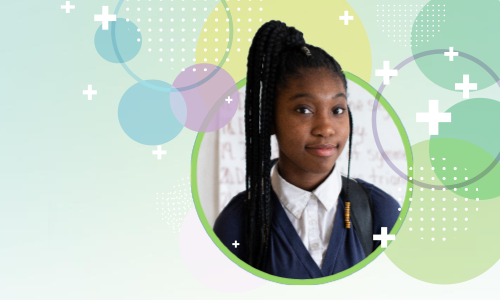White Paper
How to navigate early childhood assessment
01.26.18
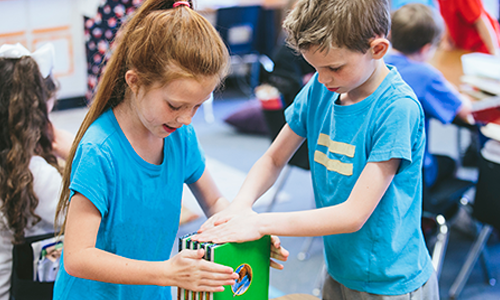
Description
Do your youngest learners need more support? Learn what the research has to say about what approaches are the most effective in the early grades.
View white paperTopics: Assessment
Products: MAP Reading Fluency
Related Topics
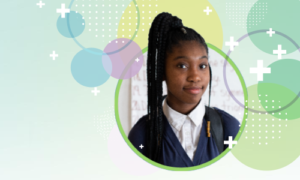
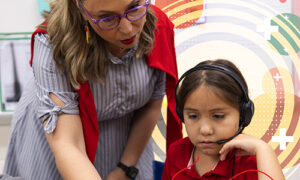
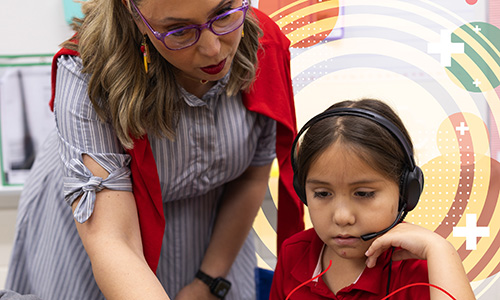
Brochure
MAP Reading Fluency Professional Learning Overview
Turn learning evidence into instructional action
Activate MAP® Reading Fluency™ with professional learning around using your assessment data to gain a more holistic view of early readers’ abilities and how to target instruction that is just right for each student and track learning progress.
Topics: Assessment, Early learning, Instructional strategies, Literacy, Professional learning
Products: MAP Reading Fluency, Professional Learning
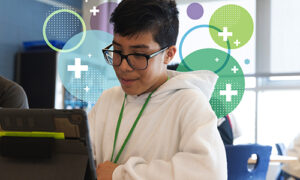
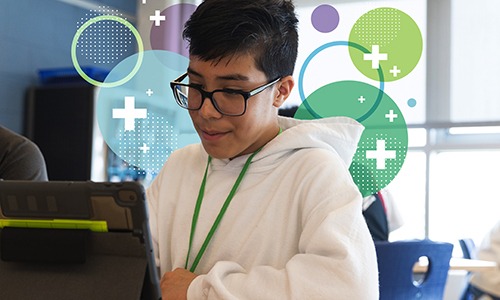
Brochure
MAP Growth Professional Learning Overview
Turn learning evidence into instructional action
Activate MAP® Growth™ with professional learning experiences that build basic product-use capacity, hone assessment literacy, improve goal setting and responsive instructional planning, and build deeper data competency.
Topics: Assessment, Instructional strategies, Literacy, Math, Professional learning
Products: MAP Growth, Professional Learning
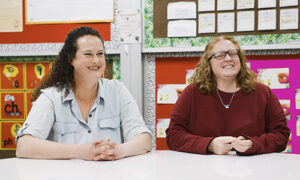
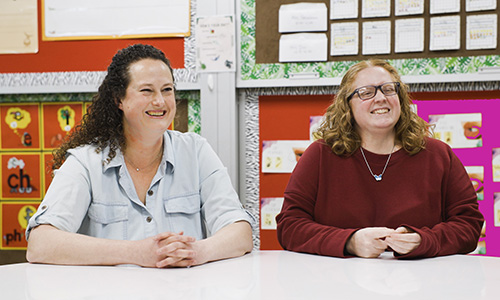
Video
Teacher Perspectives: Making MAP Growth Work Harder for You
Teacher-Tested Strategies: This video brings you inside real classrooms where MAP Growth is working smarter — not harder — for teachers and students. Hear directly from reading and math specialists in Greensburg Salem School District, Pennsylvania as they share strategies to prepare students, use reports effectively, and celebrate growth — especially for striving learners who use Read 180 and Math 180 for intervention. Whether you’re a district leader, coach, or classroom teacher, these proven practices will help you get more from every MAP Growth test.
Topics: Assessment, Early learning, Literacy, Math
Products: MAP Growth
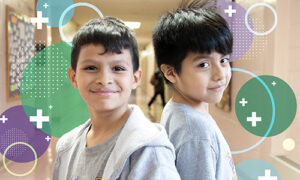
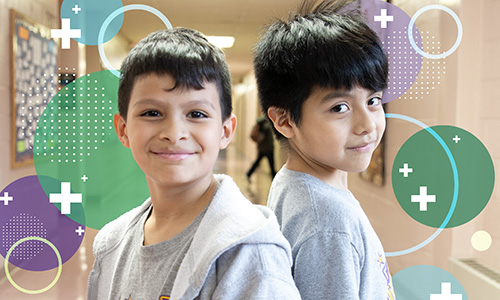
Brochure
MAP Growth K-2: One Reliable Solution
Get essential data for making critical decisions with the most precise and flexible K–2 assessment solution available. Whether you’re tracking student growth, determining placement, or identifying and addressing skill gaps with seamlessly connected instruction, MAP® Growth™ K–2 provides detailed insights for moving students forward.
Topics: Assessment, Early learning, Insights & reports
Products: MAP Growth


Webinar
Growth in motion: Introducing Personalized Path for MTSS educators
Watch this webinar to learn about a unique opportunity to transform your MTSS approach. You’ll see how HMH Personalized Path makes it easier to provide tailored support to students across Tiers I, II, and III based on MAP® Growth™ data, all in one streamlined platform.
Topics: Assessment, Instructional strategies
Products: MAP Growth

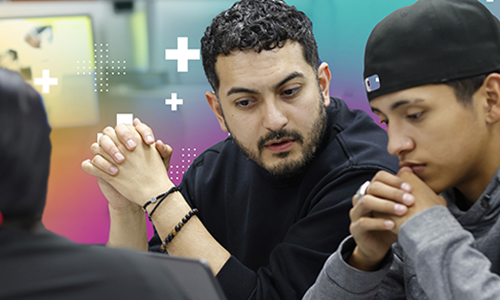
Case Study
A “slam dunk” partnership with Texas district to accelerate student growth
Discover how La Joya ISD, a district with a large multilingual population, uses MAP Growth and MAP Reading Fluency to support their learners. Read how the district’s commitment to educational excellence led them to tools that provide precise insights and tailored instruction to help every student succeed.
Topics: Assessment, Literacy, Multilingual learners
Products: MAP Growth, MAP Reading Fluency
